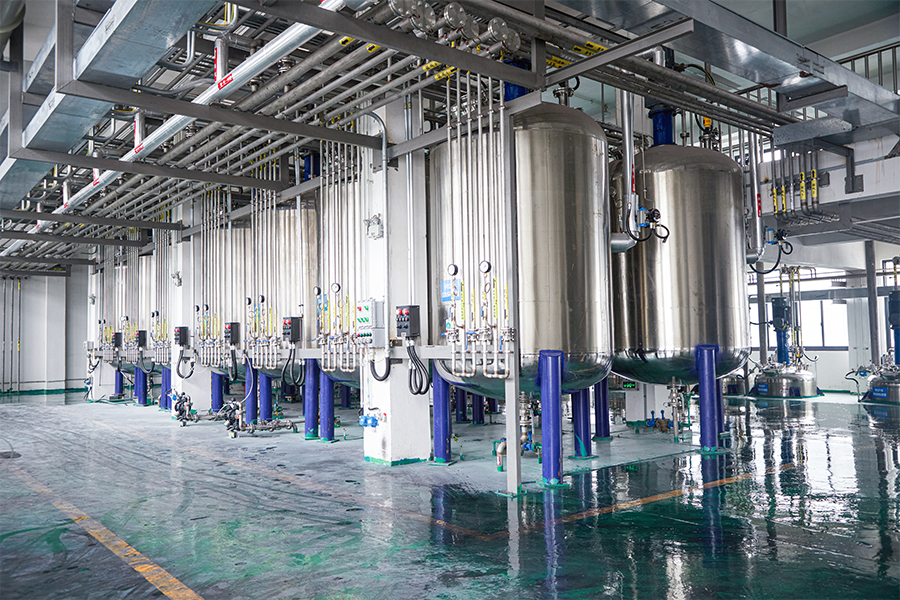In coil coating plants and related industrial environments, selecting the right coating system is crucial not only for product quality but also for operational safety and cost management. Water based coating has emerged as a strong choice for manufacturers aiming to improve workplace conditions while controlling maintenance expenses. This article explores how water-based coatings contribute to safer production environments and more efficient maintenance practices.
Improved Workplace Safety
One of the immediate benefits of water-based coil coatings is the significant reduction in harmful emissions. Unlike traditional oil based coating, which rely on organic solvents that release volatile organic compounds (VOCs), water-based coatings use water as the primary solvent. This change drastically lowers VOC levels, reducing air pollution and the risk of respiratory irritation or other health problems for workers.
Lower VOC emissions also mean less flammability risk in production areas. Facilities handling oil-based coatings often require stringent ventilation and explosion-proof equipment to manage solvent vapors. By contrast, water-based coatings allow for simpler ventilation systems, decreasing the chances of fire hazards and making the workplace safer overall.
Additionally, the reduced odor and toxicity of water-based coatings improve the comfort and well-being of employees, contributing to higher productivity and fewer health-related absences.

Simplified Cleaning and Maintenance
Water-based coatings offer distinct advantages when it comes to cleaning and maintaining equipment. Tools, spray guns, rollers, and other application devices can often be cleaned using water rather than hazardous chemical solvents. This eliminates the need to handle and dispose of toxic cleaning agents, lowering the environmental impact and reducing regulatory burdens related to hazardous waste management.
The easier cleanup process also translates to shorter maintenance times and less downtime. Faster and less complicated cleaning allows production lines to return to operation sooner, improving overall efficiency. Additionally, because water-based coatings tend to cure quickly with less residue buildup, there is less frequent need for deep cleaning or equipment replacement due to coating buildup or clogging.
Extended Equipment Longevity
Using water-based coatings can have a positive effect on the lifespan of coating application equipment. The reduced use of harsh solvents minimizes corrosion and chemical wear on machinery parts, conveyors, and spray systems. This gentler maintenance environment helps preserve the integrity of expensive production equipment, leading to fewer repairs and replacements, and ultimately lowering long-term maintenance costs.
Cost Efficiency Beyond Material Pricing
While the initial cost of water-based coatings can sometimes be higher compared to oil-based alternatives, the total cost of ownership often favors water-based options. Energy savings emerge from reduced ventilation and exhaust system needs. Waste disposal costs are lower due to the non-hazardous nature of water-based cleaning agents and reduced hazardous waste production.
Moreover, compliance costs related to VOC emissions and workplace safety can be significant when using oil-based coatings. Water-based coatings reduce the risk of non-compliance penalties and costly upgrades to meet regulatory demands, offering financial advantages in the long term.
Water-based coil coatings provide a combination of safety and economic benefits that are becoming essential in today’s industrial environments. Their ability to lower VOC emissions, reduce fire risks, simplify maintenance, and extend equipment life makes them an attractive option for coil coating plants focused on operational efficiency and worker well-being.
As manufacturers balance quality, cost, and sustainability, water-based coatings represent a practical, forward-looking solution. Choosing these coatings can cause safer workplaces, lower maintenance expenses, and a more sustainable production process.


 English
English русский
русский Español
Español Português
Português عربى
عربى
